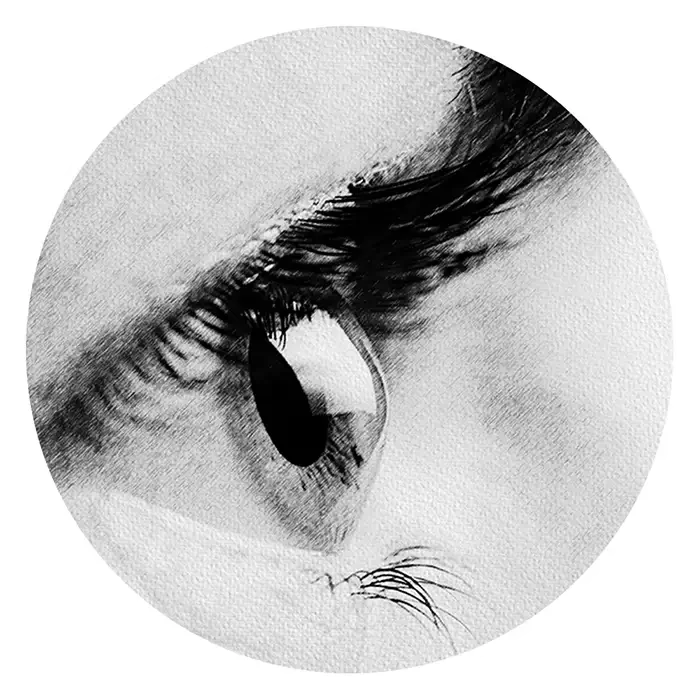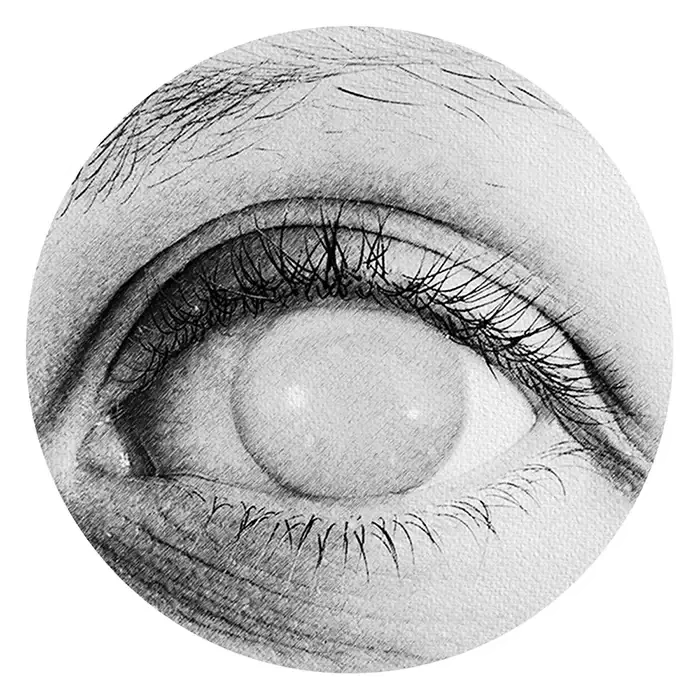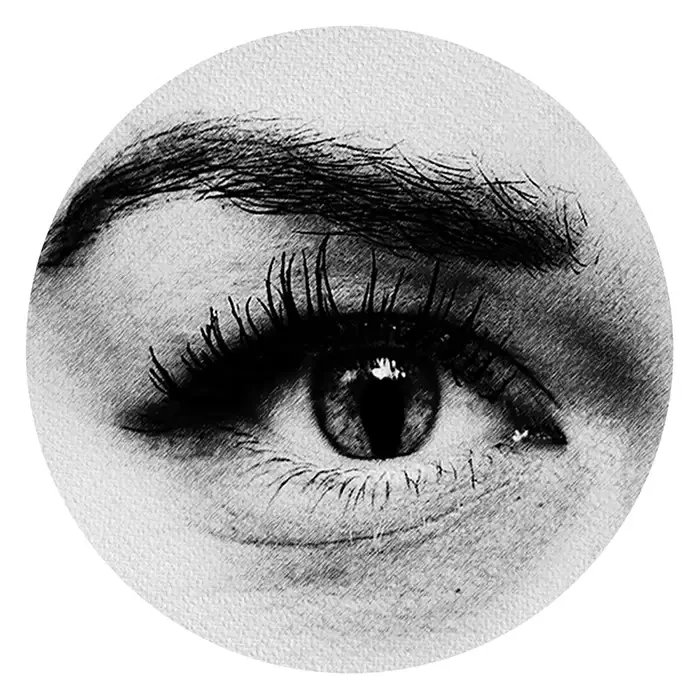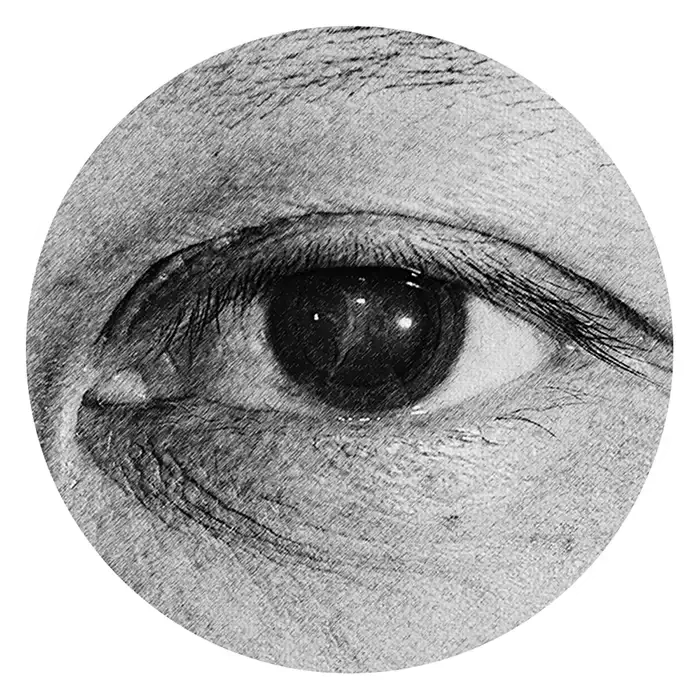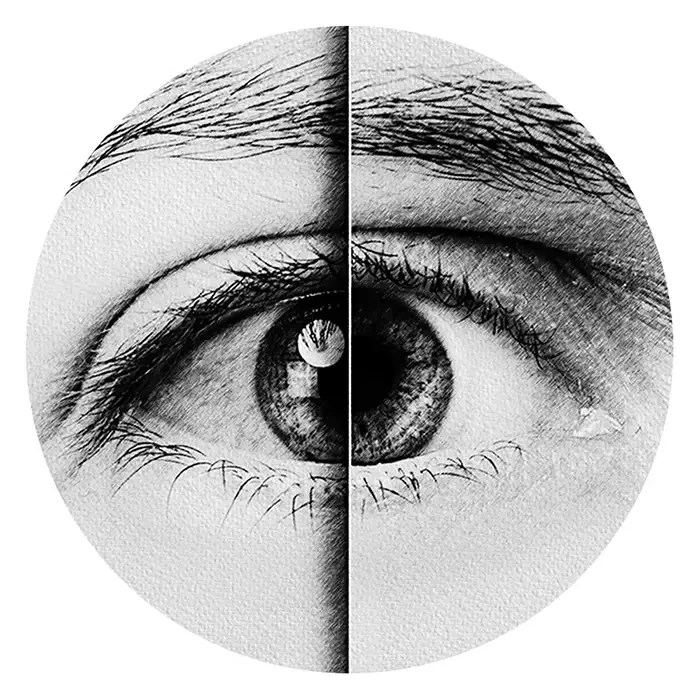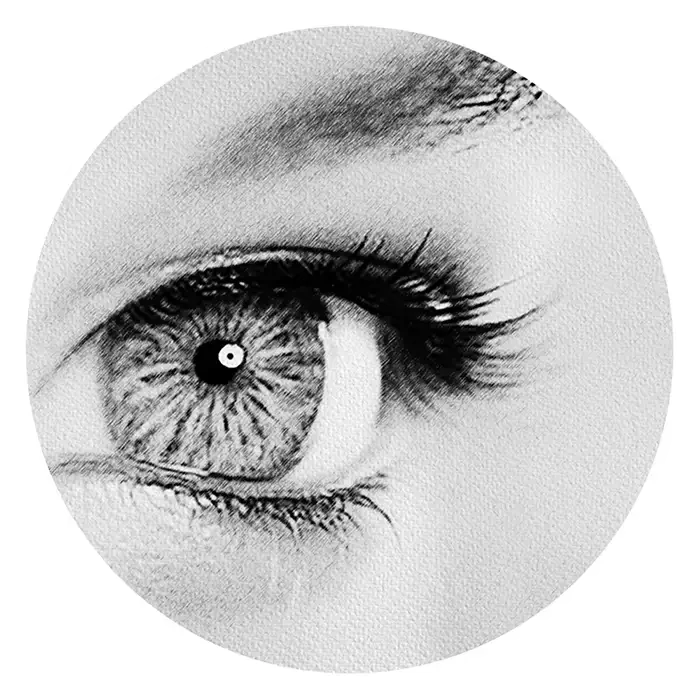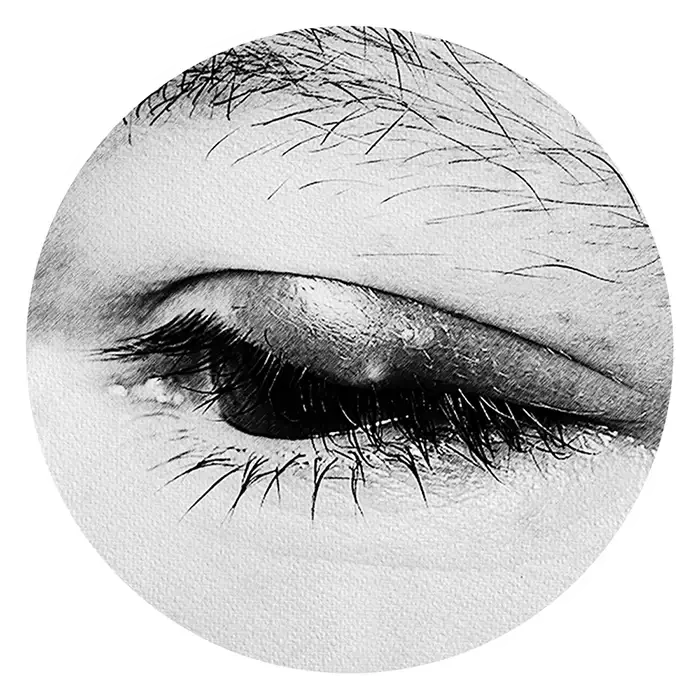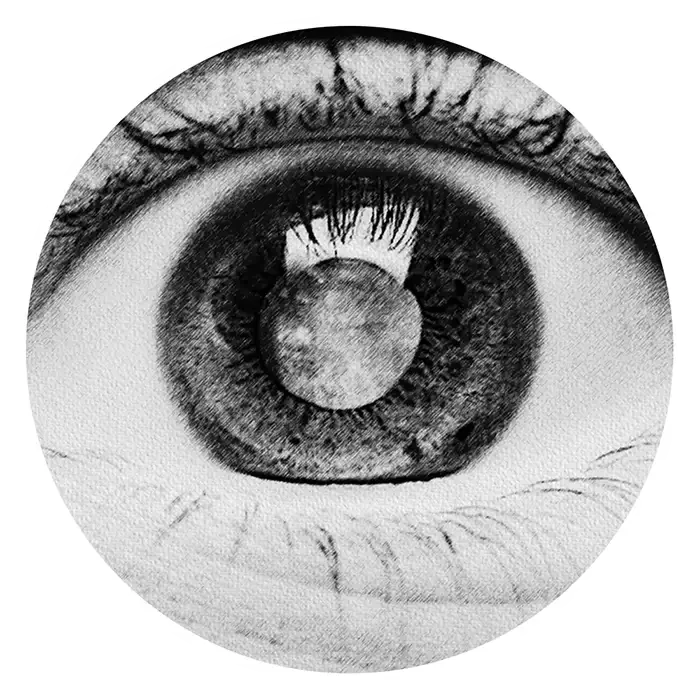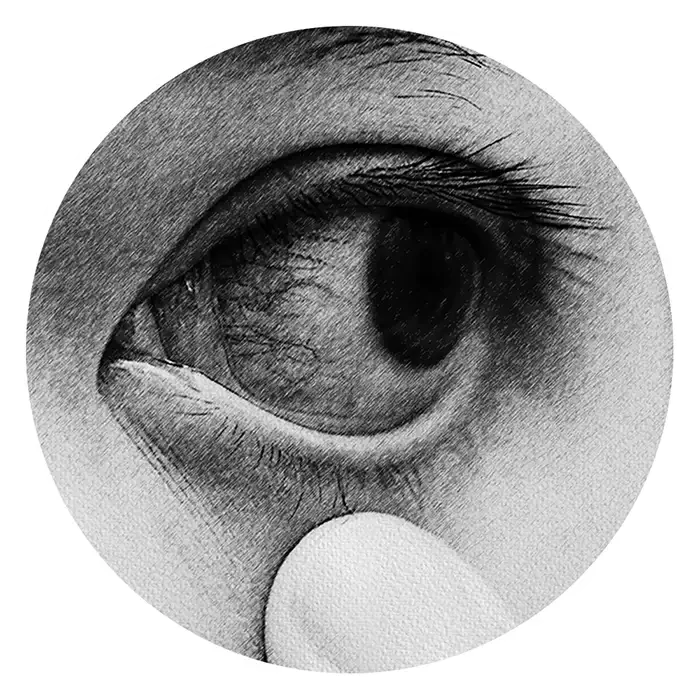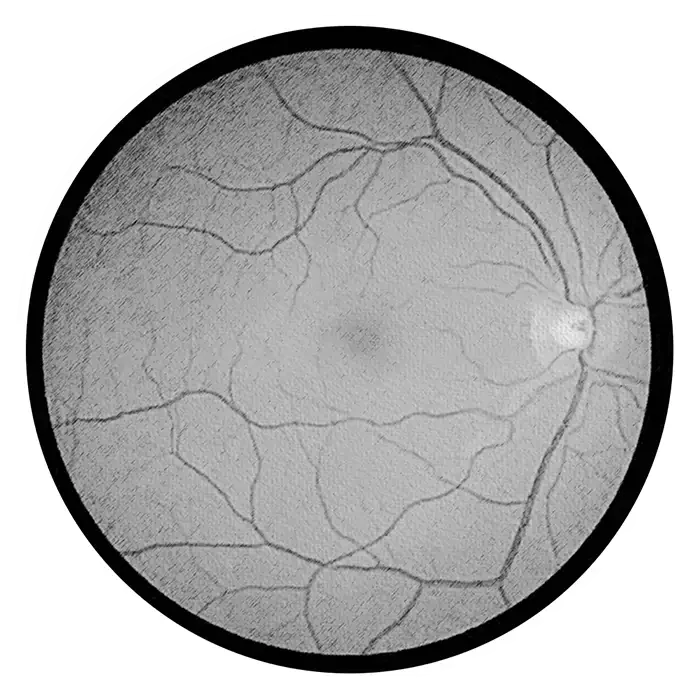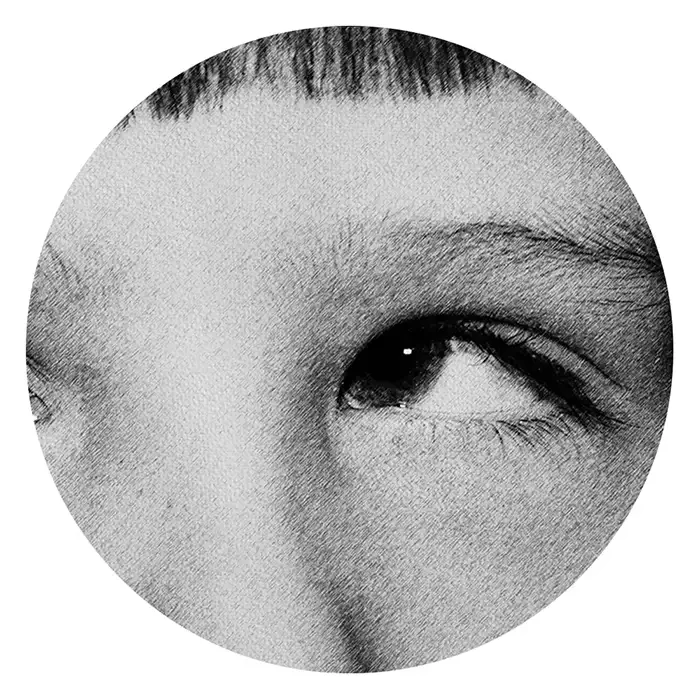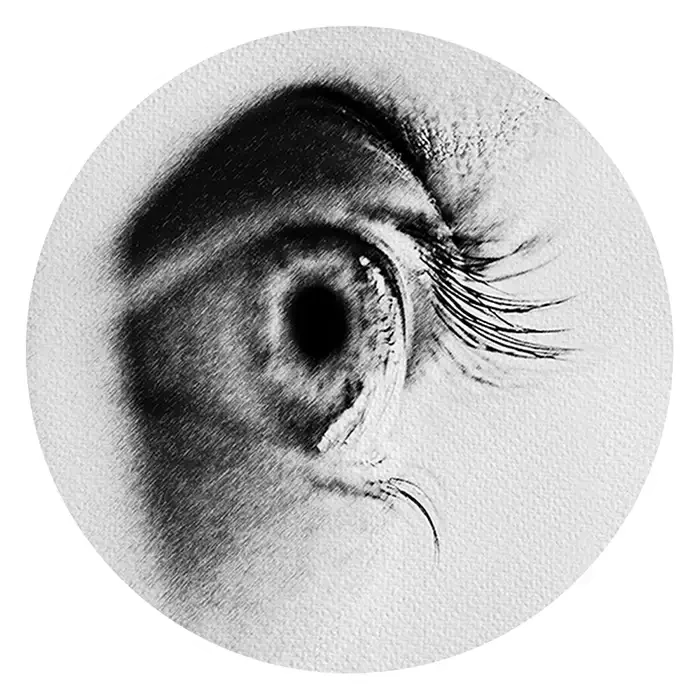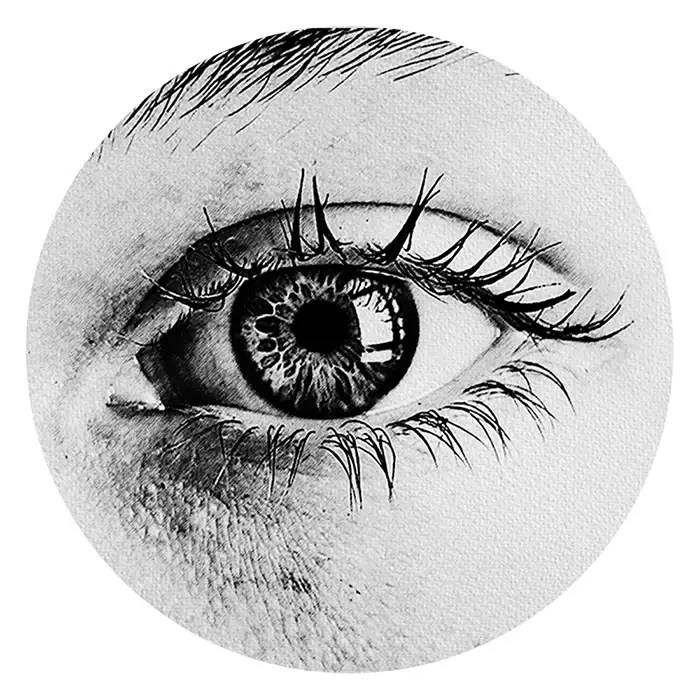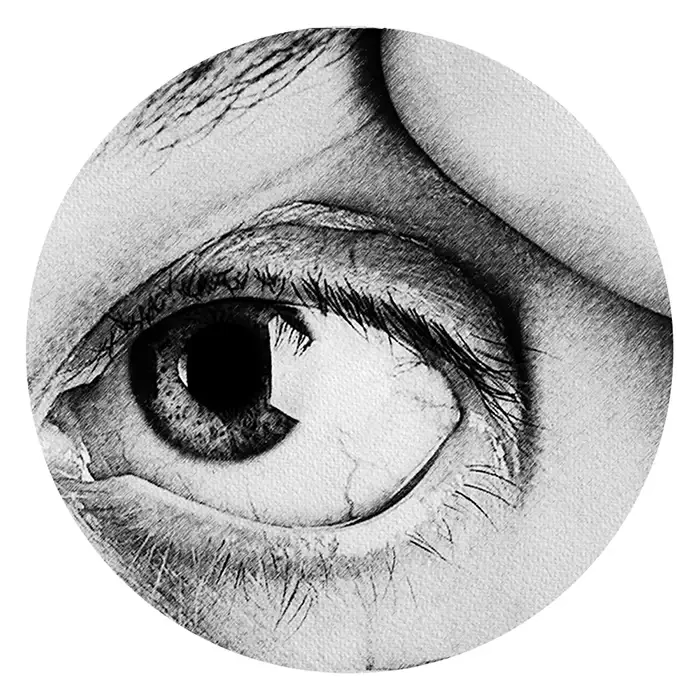Retyne Mask and Controller: Technical Specifications:
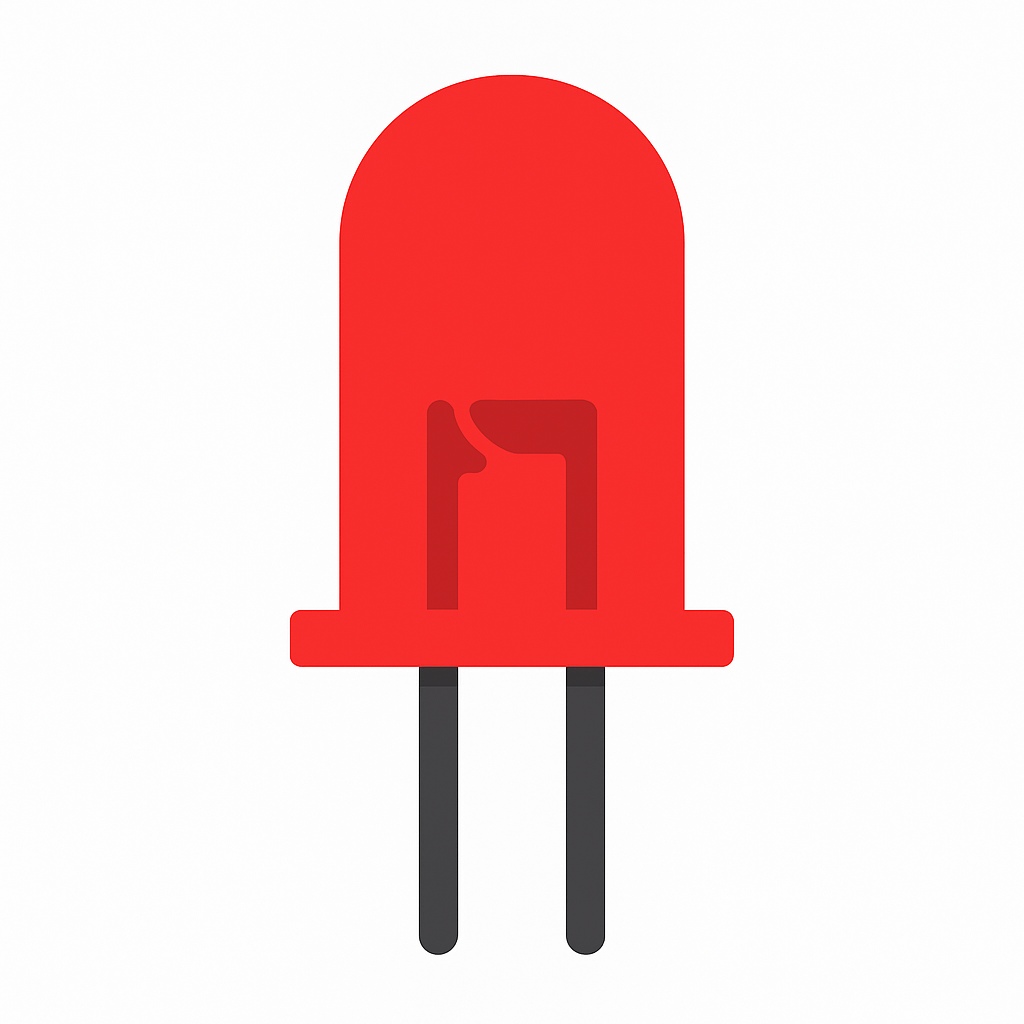
1. Red Light (Visible)
Wavelength: ~660 nm
Penetration depth: Superficial to mid-tissue, including retina
Red Light: IR Light is specific to the treatment of
- Myopia control (especially in children)
- Retinal protection
- Anti-inflammatory and mitochondrial support - and a wide range of other eye disorders
660 nm light improves mitochondrial function in retinal cells and slow age-related degeneration
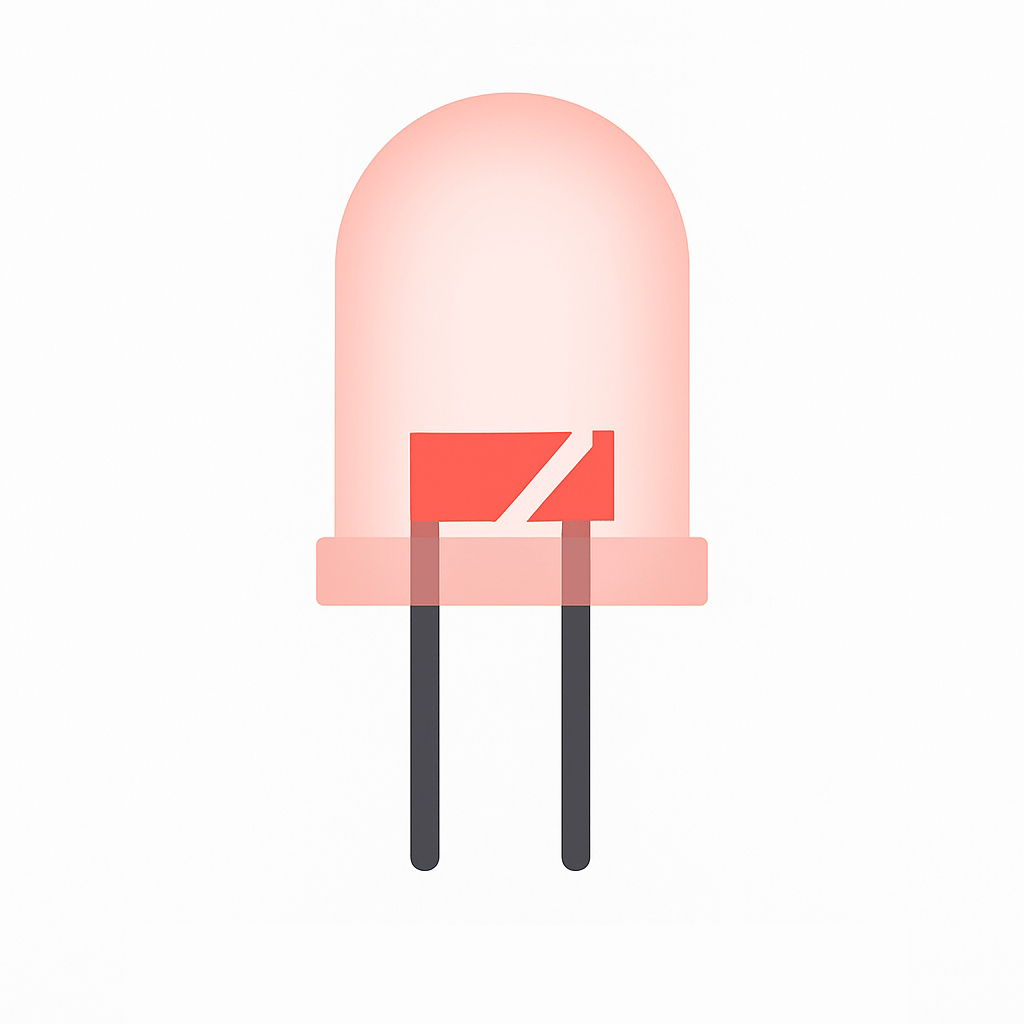
2. Near-Infrared Light (Invisible)
Wavelength: ~810 nm
Penetration depth: Deeper tissue, including optic nerve and choroid
NIR Light is specific to the treatment of
- Glaucoma
- Retinal nerve regeneration
- Optic neuritis
- Diabetic retinopathy
- And a wide range of other eye disorders
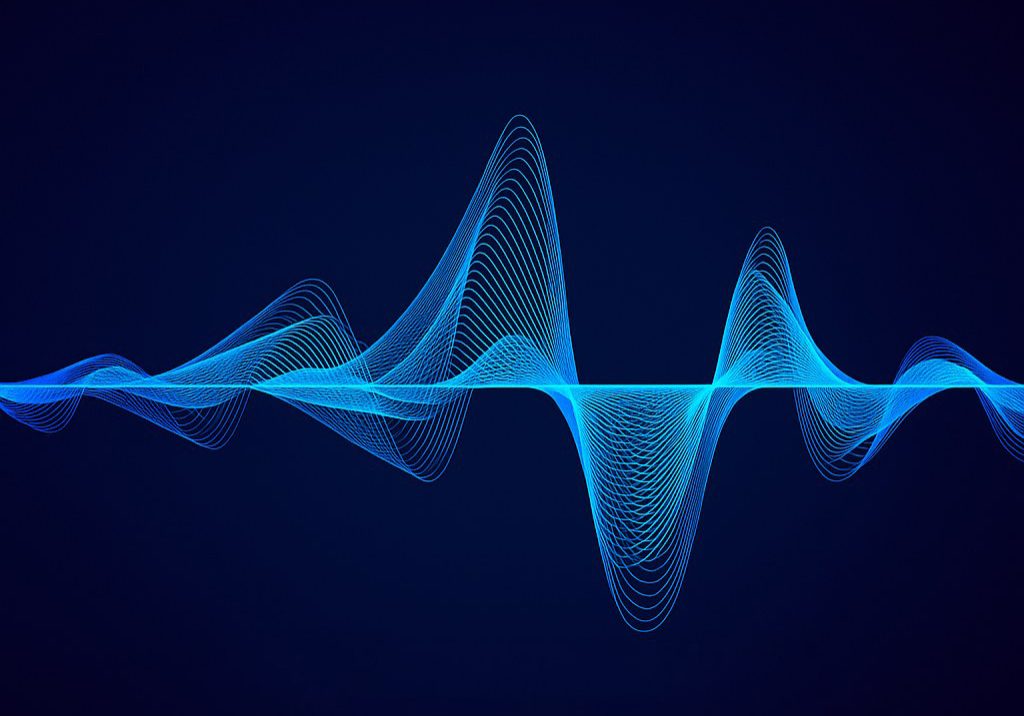
3. Frequency Transmission (using AMD as the example)
Multiple Frequency LED Transmissions target photobiomodulation by integrating 10 specific frequency wavebands, derived from the ETDFL frequency list (In this example: Age-related Macular Degeneration [AMD]: 0.15, 0.18, 0.8, 5.5, 33.2, 172.3, 471.2, 557.82, 603.44, 921.88 kHz)
Each frequency is modulated and transmitted sequentially through a power control channel to illuminate a matrix of dual-wavelength LEDs:
- 660 nm Red LEDs (visible spectrum)
- 810 nm Near-Infrared LEDs (invisible spectrum)
These LEDs act as both light emitters and frequency carriers, meaning the electrical current driving the LEDs is modulated at the specific therapeutic frequency (e.g., 172.3 kHz), causing the emitted photons to carry that frequency signature at a quantum level, enhancing tissue resonance effects.
Timing and Cycling Protocol
- Each of the 10 frequencies is applied for 1 minute, resulting in a 10-minute full cycle
- The system automatically loops, restarting from frequency 1 after each 10-minute cycle
- Suggested session time: 15 to 30 minutes, allowing for 1.5 to 3 full frequency loops
- Intensity is maintained at low-level output to match ocular photobiological safety standards and promote mitochondrial stimulation without overstimulation or thermal risk
Mechanism of Action
- 660 nm red light is absorbed by cytochrome c oxidase in retinal cells, enhancing ATP production and reducing oxidative stress
- 810 nm infrared light penetrates deeper into the choroid and optic nerve, promoting neuroprotection
- Frequency modulation applied through LED pulsing creates bioresonance effects, where specific frequencies resonate with cellular components associated with AMD pathology (e.g., retinal pigment epithelium, drusen)
